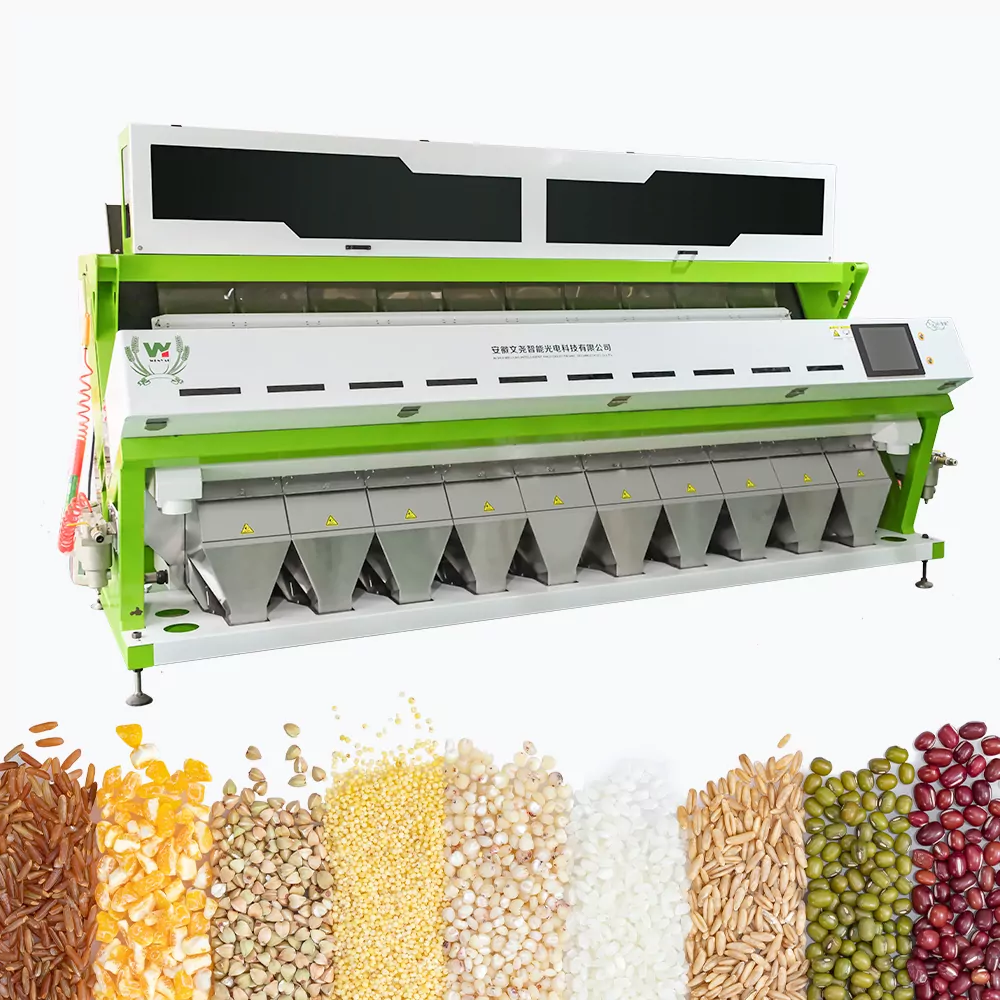Understanding the Importance of Grain Color Sorters
The grain color sorter plays a vital role in the agricultural sector, ensuring the quality and marketability of grains. With an increasing demand for premium grains, producers are turning to advanced technology to distinguish between high and low-quality products. A grain color sorter utilizes sophisticated optical sensors and image processing algorithms to identify variations in color, enabling the separation of inferior grains from premium ones. This process not only enhances product quality but also significantly reduces waste in the supply chain. For instance, in rice sorting, implementing a grain color sorter can dramatically improve a mill’s output while ensuring that only the best grains make it to consumers. As the industry evolves, understanding these technologies becomes imperative for anyone involved in grain production or processing.

Exploring the Mechanics of Grain Sorting Machines
At the heart of effective grain processing lies the grain sorting machine. These machines employ cutting-edge technology to provide efficient sorting solutions that save time and labor costs for farmers and processors. With adjustable settings and customizable applications, a grain sorting machine can adapt to various types of grains, enhancing their usability. For example, during the wheat harvesting season, the machine accurately sorts through different shades of grains, ensuring only the healthiest kernels reach the market, thus protecting consumer trust and enhancing overall brand reputation. The scalability of these machines allows both small and large operations to harness their benefits, ensuring that even the most nuanced requirements are met effectively.
The Versatility of Grain Color Sorting Machines
Today’s grain color sorting machine has evolved significantly, offering enhanced versatility that meets the diverse needs of the agricultural industry. These machines use multi-channel sorting technology that can identify contaminants and foreign materials in addition to color variations. This ability allows operators to achieve higher purity levels in their grain products. For instance, a rice producer using a grain color sorting machine can not only eliminate discolored grains but also detect and remove unwanted impurities, such as stones or chaff. This feature leads to cost savings in further processing, as clean grain reduces wear and tear on milling equipment. Furthermore, as sustainability becomes a critical focus within agriculture, these machines contribute to minimizing waste, ultimately aligning with environmental goals while maximizing profitability.

Conclusion: The Future of Grain Sorting with WENYAO
As agricultural practices become more technologically driven, adopting advanced machines like the grain color sorter and grain sorting machine is essential for maintaining competitiveness in the market. These devices promise improved efficiency and product quality while ensuring reduced waste. For enterprises looking for robust solutions with a reliable supply chain, WENYAO stands out as a premier manufacturer in this domain. Their commitment to quality and innovation makes them a natural choice for anyone seeking to enhance their grain sorting capabilities. To explore WENYAO’s offerings, visit WENYAO for comprehensive solutions tailored to modern agricultural needs.